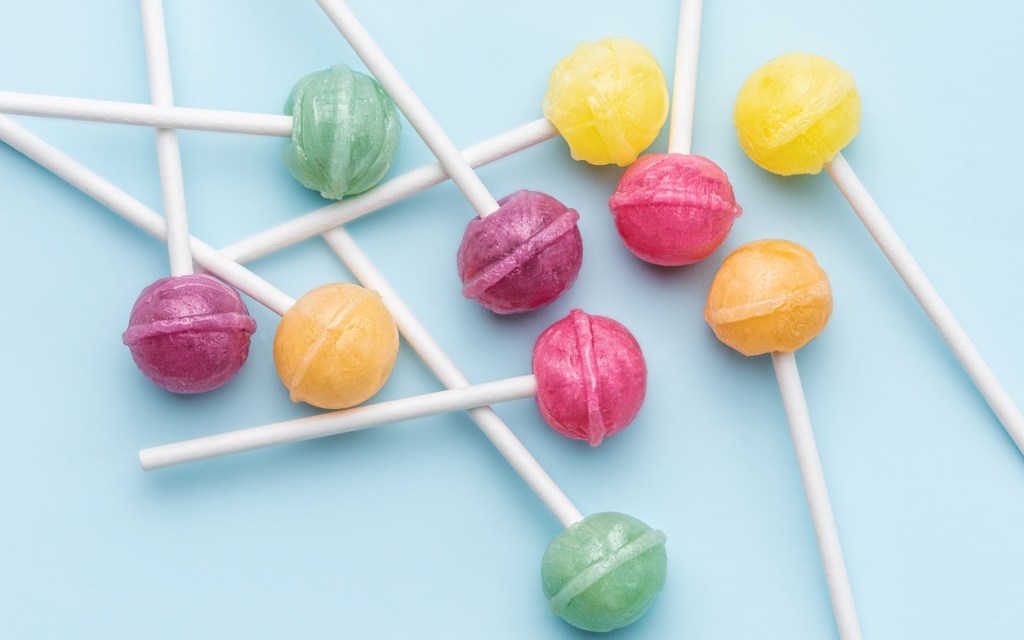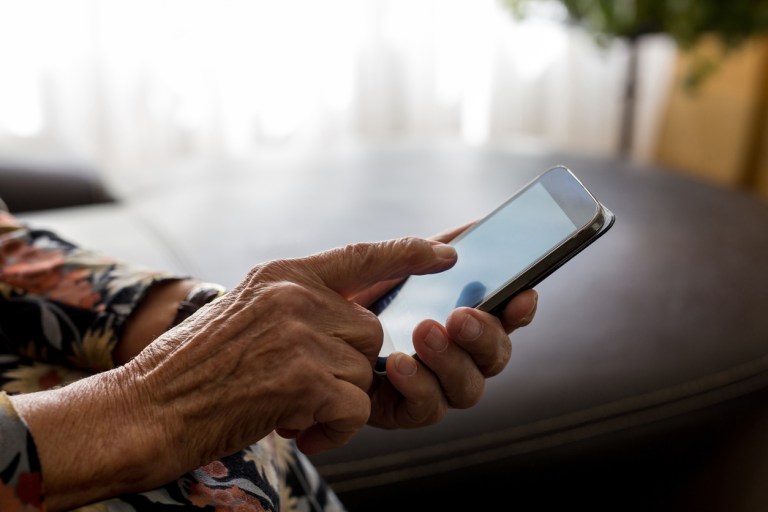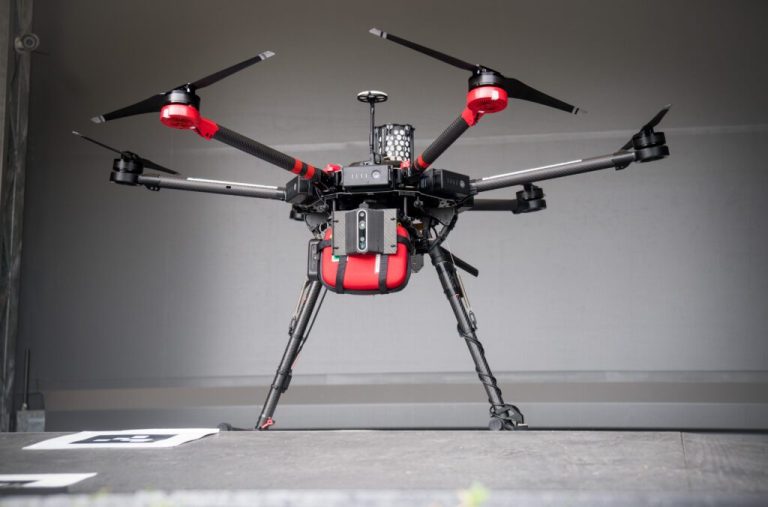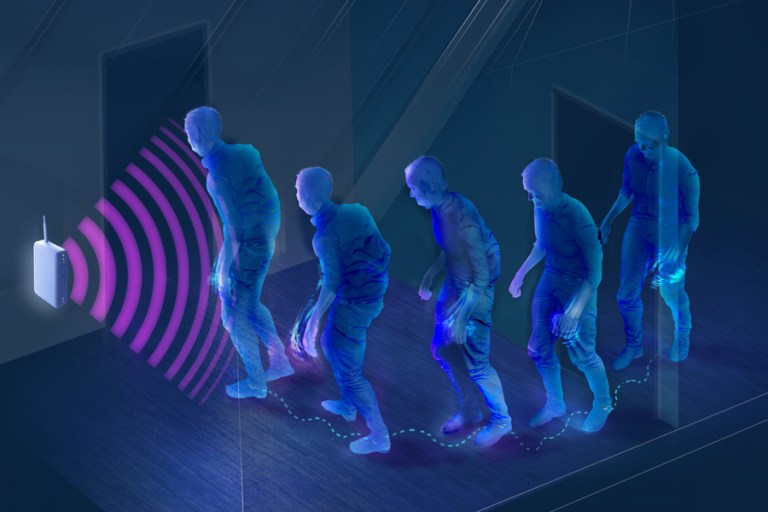A lollipop can sweeten a trip to the doctor, no matter your age, and the colorful candies may soon be sweetening a diagnostic process as well.
Currently, testing for cancer often involves a biopsy: collecting cells or a small piece of tissue via needle or scalpel and checking for abnormalities — a procedure that can sometimes call for a local anesthetic and stitches. This new method, being developed at the U.K’s University of Birmingham, would prove less invasive for identifying mouth cancers, and would be tasty to boot.
Its effectiveness depends on an innovative “smart” hydrogel that chemist Ruchi Gupta and her research team are creating. Capable of isolating tiny proteins from human saliva samples, the substance is “like a fishing net — for fish tens of thousands of times smaller than the width of a human hair,” per a recent news release. It’s made by mixing precise amounts of water with a permeable polymer.
“Smart hydrogels have really exciting potential for diagnosing mouth cancer,” Gupta explained. “They can be easily molded into shapes as a solid to ‘catch’ proteins in saliva.”
As mouth cancers grow, they release particular proteins that aren’t found in healthy cells. In the form of a sucker, the hydrogel could capture these proteins, potentially revealing their presence much sooner than is presently possible — in the very early stages of the disease. It could even be used to screen high-risk individuals.
RELATED: This 9th Grader Invented a Soap That Can Treat Skin Cancer
But those are end-game goals; the project has a few more hurdles to leap first. To date, lab testing has shown that the hydrogel can detect proteins in artificial samples, but it takes 12 hours to do so. As tempting as enjoying a lollipop for 12 hours straight may sound, it isn’t practical for patients, so Gupta and the team are aiming to get the time way down — to 10 minutes.
The Engineering and Physical Sciences Research Council and the charity Stand Up 2 Cancer recently granted the project over $450,000, which will fund the research for another three years.
In that time, “the aim is to show that the gel works well, with real samples in the lab,” Gupta said. “Maybe after that, the gels could be tested in animal models to make sure there aren’t any side effects we need to know about, but that’s a little beyond the scope of our current work.”
“We’re really excited to start the next phase of this project,” she continued. “We’re hoping that we can be the first to make a device which is much kinder for diagnosing mouth cancer for patients and easier for GPs to use.”
This isn’t the first time researchers have explored using the sweet treats in this manner.

The CandyCollect device
Illnesses like strep throat and staph infections are frequently identified via throat swab or spit test, neither of which are all that pleasant of an experience. But a paper published last June detailed the positive — in more ways than one — results of a testing device called the CandyCollect: a “spoon-like stick with a spiral-shaped groove carved into the top” that is covered with isomalt candy. The idea is that as patients suck on the lollipop-like tool, saliva can easily flow into the groove for collection.
In the study, 28 adults were sent the CandyCollects as well as two traditional saliva tests. They returned all three, and researchers checked them for Streptococcus mutans and Staphylococcus aureus bacteria using quantitative polymerase chain reaction testing, or qPCR. “Whenever one or both of the conventional methods detected the target bacteria, CandyCollect also detected them 100% of the time,” per a news release. Unsurprisingly, it was also the most popular of the three tests — and the results were still accurate a year after the samples were taken.











